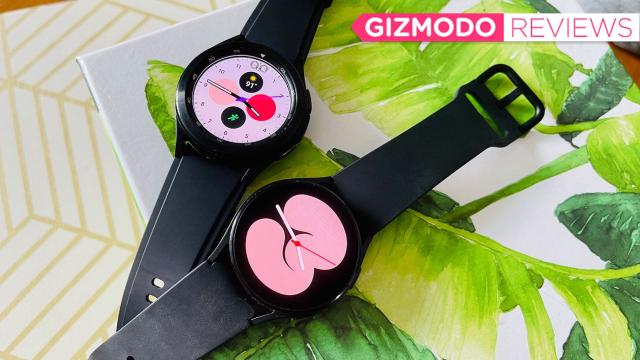I admit I’ve begun to give up hope that Android smartwatches would ever improve. Until recently, the market was messy and fragmented with so many issues that it seemed certain no one company could solve them. Over the years, Samsung’s smartwatches tended to be the best of the lot, but its watches, which ran on Samsung’s own Tizen operating system, also forced non-Samsung smartphone owners to make compromises with no good alternatives.
But I have good news. Samsung’s new Wear OS-based Galaxy Watch 4 and Galaxy Watch 4 Classic are here, and while they’re not perfect, they’re absolutely the first Wear OS smartwatches worth buying. I finally feel like there’s hope for Android wearables after all.

Samsung Galaxy Watch 4 and Samsung Galaxy Watch 4 Classic
What is it?
Samsung's new Wear OS Watches
Price
Galaxy Watch 4 starts at $399, Classic starts at $549. Add $100 for LTE.
Like
Advanced processor. Third-party app ecosystem seems promising. Gives more customisability to Android users.
No Like
Battery life is a little disappointing. Body composition feature is tricky. Really, no Google Assistant? Drops iOS compatibility.
Familiar Design, Whole New Processor
Samsung played it safe with the design of the Galaxy Watch 4 and the Watch 4 Classic. Both are dead ringers for their respective predecessors, the Galaxy Watch Active 2 and the Galaxy Watch 3. This is not necessarily bad — they’re sleek, versatile watches that can adapt to a myriad of styles and situations. It also means we get to keep Samsung’s iconic rotating bezel navigation. The Watch 4 opts for a digital bezel, while the physical rotating bezel is reserved for the Watch 4 Classic. The latter is admittedly easier to use, but the digital bezel works well once you get used to it.
The Watch 4 comes in 40mm and 44mm case sizes, while the Watch 4 Classic comes in 42mm and 46mm. Both come in a variety of colours, though you get a few more options with the Watch 4 than the Classic. Otherwise, the hardware for both these watches is nearly identical. Both have 1.5GB of RAM and 16GB of storage — which is massive for an Android smartwatch — and the same array of sensors, including Samsung’s new 3-in-1 BioActive Sensor (more on this later).
Samsung said the Galaxy Watch 4 lineup is rated for 40 hours of battery life with average use. Both are comfortable to wear, though the 40mm Watch 4 is probably better suited for smaller-wristed folks. Both are also swim-proof and survived multiple dunks in the pool. Both have options for cellular connectivity. Besides slight design differences, bezels, and size, the main differentiator is the Watch 4 is made of “armour aluminium” and the Classic is stainless steel.
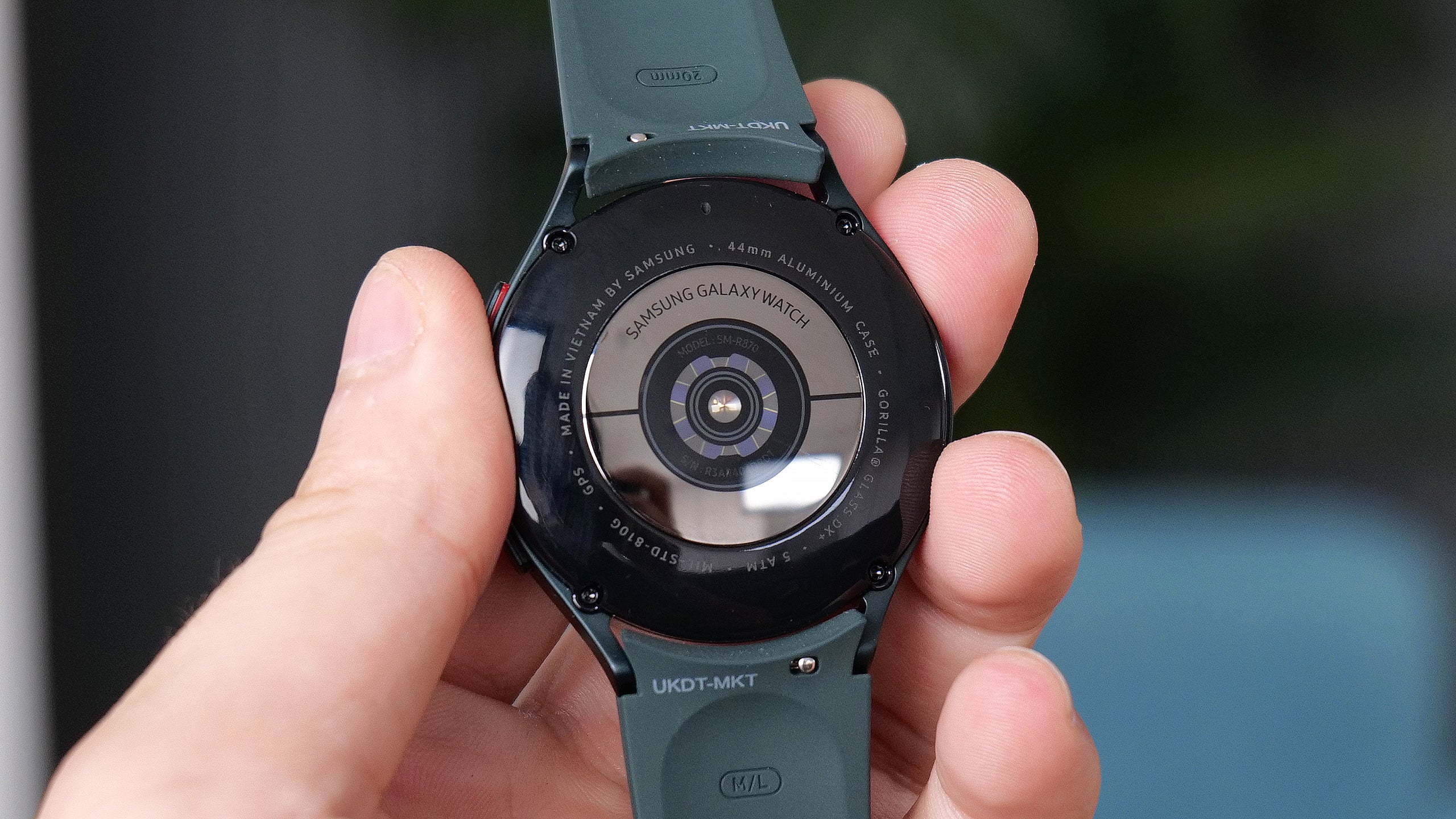
Samsung didn’t rock the boat with a radical new design for its new watches, but it did stick a beefy 5nm processor inside. The change is subtle if you’re upgrading from an old Samsung Tizen watch, but makes a massive difference for Wear OS users. Screens don’t stutter. Launching apps is fast and smooth. Samsung’s animated widgets look fantastic and frankly give the Apple Watch a run for its money. App downloads aren’t a total nightmare. Honestly, it’s frustrating, because after two weeks using these watches, I keep thinking: “This is what Wear OS could’ve been all along.”
Wear OS’s Overdue Overhaul
I’ll cut to the chase: Wear OS Powered by Samsung — yes, that’s actually the name — is good. But if you’re wondering if it’s an accurate reflection of what to expect from all Wear OS 3 watches, I have sobering news. You’re only going to get the full experience if you have a Samsung phone. It may take a while for next-gen Wear OS smartwatches to reach the same level of polish.
In terms of the interface, you can definitely feel Tizen’s influence. Swiping down gets you quick access shortcuts, while swiping left (or turning the bezel clockwise) will get you to specific app Tiles. One change, however, is the addition of an app grid when you swipe up. It looks a lot like Apple’s app grid and is a huge improvement over the endless scroll in Wear OS 2. It’s a little weird at first, especially if you’re not new to smartwatches, because this gesture is usually how you access notifications. You get used to it pretty quickly, but you will have to retrain some muscle memory. Now to see your notifications, you can swipe right or turn the bezel counterclockwise.
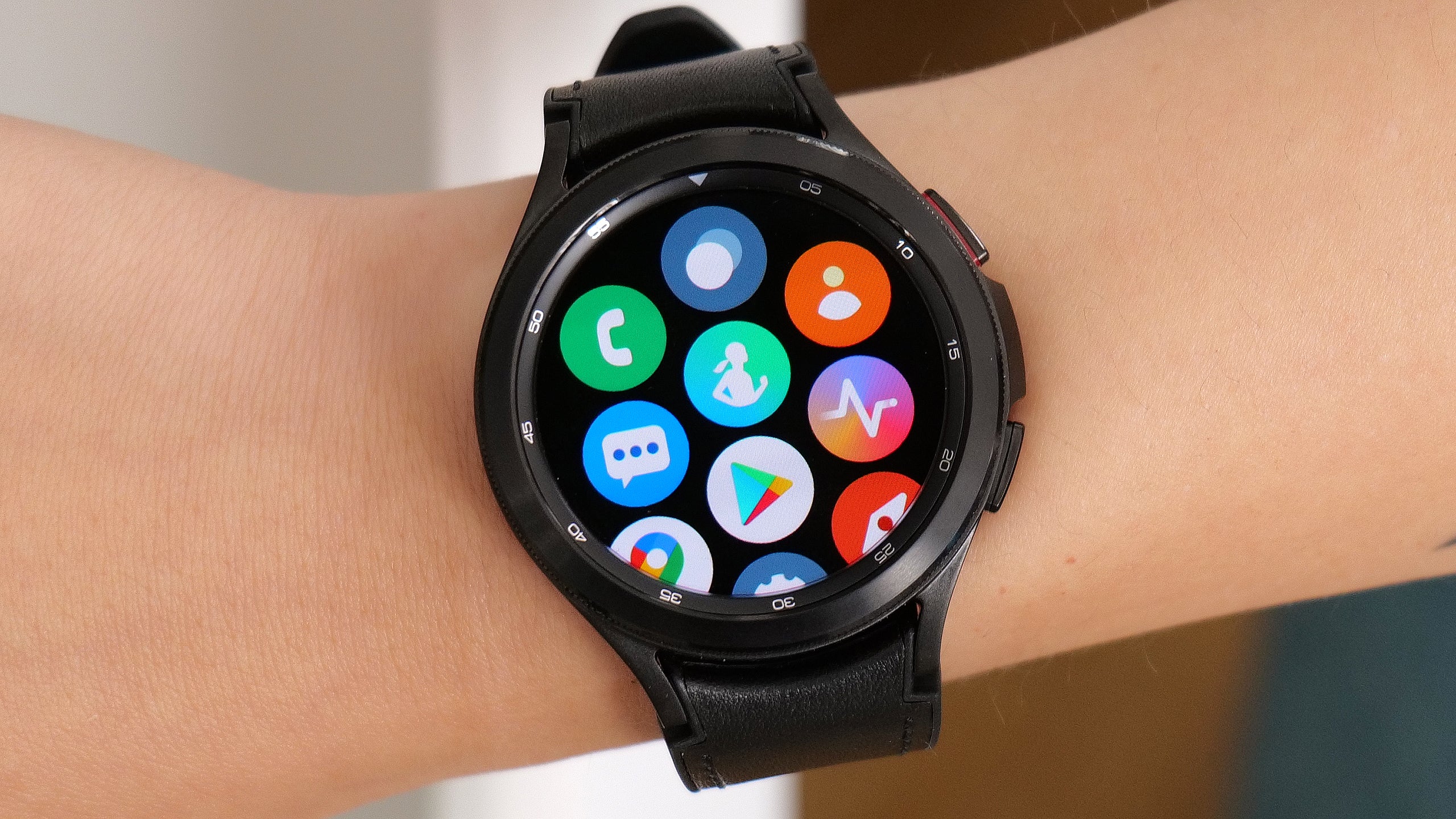
Samsung’s version of the new Wear OS runs OneUI Watch, a Samsung-flavored skin that helps the Galaxy Watch 4 seamlessly sync with other Samsung products. If you have a pair of Galaxy Buds, for instance, you can more easily toggle between your phone, buds, and watch from the wrist. Settings like Do Not Disturb and calendar events also sync automatically from Galaxy smartphones. The same applies to compatible apps on your phone. I was tickled pink to see that an app I downloaded while testing one watch automatically appeared on the other without me having to do a thing. Launching Spotify on my wrist brought up the app on my Samsung Galaxy Note 20 Ultra. The biggest compliment I can give to OneUI Watch is that it works well enough that you never notice it in everyday use. That said, again, this is a perk that works best for Samsung Galaxy phone users.
The OneUI feature I didn’t love was the use of gesture controls to take and dismiss calls or messages. The Samsung Galaxy Watch 3 also had gesture controls, so this isn’t new. However, it also hasn’t improved much in this time. Sometimes it works, sometimes it doesn’t. To be fair, gesture controls are incredibly finicky, and this is the case for most smartwatches that use them.
Samsung phone owners now have way more options when it comes to watch apps, because with the Google partnership comes access to the Google Play Store. That was one criticism with Tizen watches, which required developers make apps for Tizen. Those who were already making apps for Wear OS and the Apple Watch usually skipped out on Samsung, so the change is a welcome one.
This means if you’d rather not use Samsung Pay, you can download Google Pay. There are more apps to choose from, and Spotify has updated its app to support offline playback and direct streaming for premium subscribers. You’re still stuck with Bixby, however, and Samsung hasn’t said anything about eventually bringing Google Assistant to the Watch 4 lineup. Still, this is a greater level of ease and customisation than has previously been afforded both Wear OS and Samsung Galaxy Watch users. The app selection will also get better with time, so it’s not a huge problem that the options are limited at the moment if you can be a little patient.
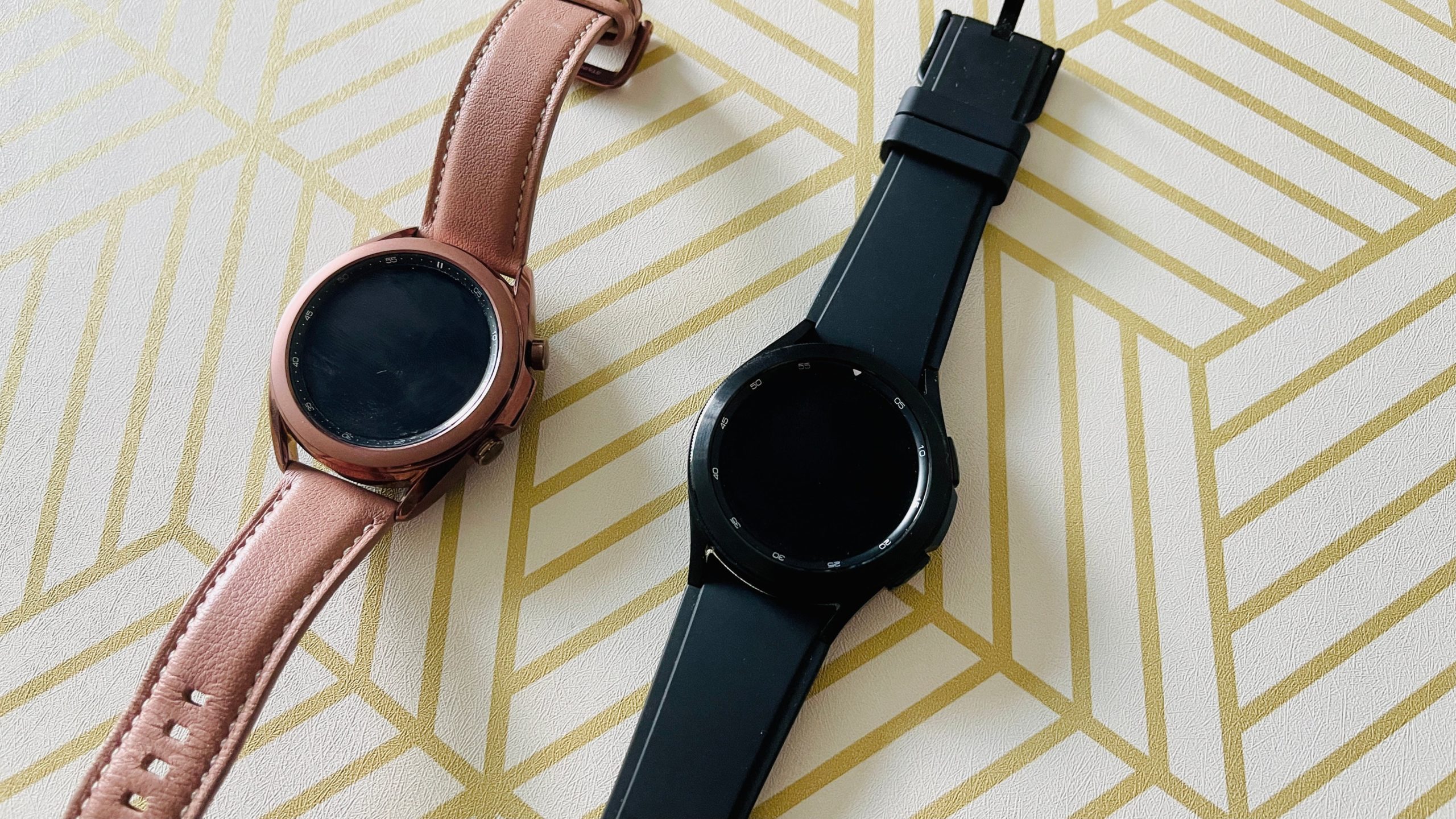
One caveat: I tested the Watch 4 and Classic running pre-launch software. This is totally normal, but it does mean I didn’t get as much time to see how apps are fully optimised for this version of Wear OS. I did get to use Spotify, Strava, and Google’s suite of apps. All worked the way they should. We’ll have to see how things work a few months from now, when more apps are available, to get a true sense of how smoothly apps run. I also had a few hiccups when it came to setting up apps like Samsung Health Monitor for electocardiograms — the app couldn’t recognise the Watch 4 at first (though it was fine with the Classic). When these instances popped up, I always eventually got things working; it’s just one of those things that’ll take a bit of time to smooth over. But from my overall experience these past two weeks, I’m inclined to give some leeway here as the full transition to Wear OS 3 was always going to be a bumpy ride.
One con, however, is that Samsung’s new watches are not compatible with iOS. Thus far, both Wear OS watches and Samsung Galaxy Watches have all been compatible with iPhones, they just weren’t all that great compared to a Fitbit or Apple Watch. These are Android-only watches. While we’re always going to side with greater accessibility, something tells me the Venn diagram of iPhone users and Samsung smartwatch fans doesn’t have much overlap. It feels a bit like Samsung is throwing in the towel, but if it means they’re putting their full focus on Android users — well, it’s about time a smartwatch maker prioritised Android first.
Let’s Talk About Body Composition (and Snoring)
Samsung went big on health features for the new watches, the main one being the addition of a fancy 3-in-1 biosensor that enables bioimpedance analysis, heart rate-monitoring, and ECGs. This means the Galaxy Watch 4 and Classic are the first smartwatches capable of measuring your body composition just from the wrist. (Amazon’s Halo tracker also offers this feature, but it involves taking pictures with your smartphone.) If this feature worked well, it would be a technological feat that set these watches apart.
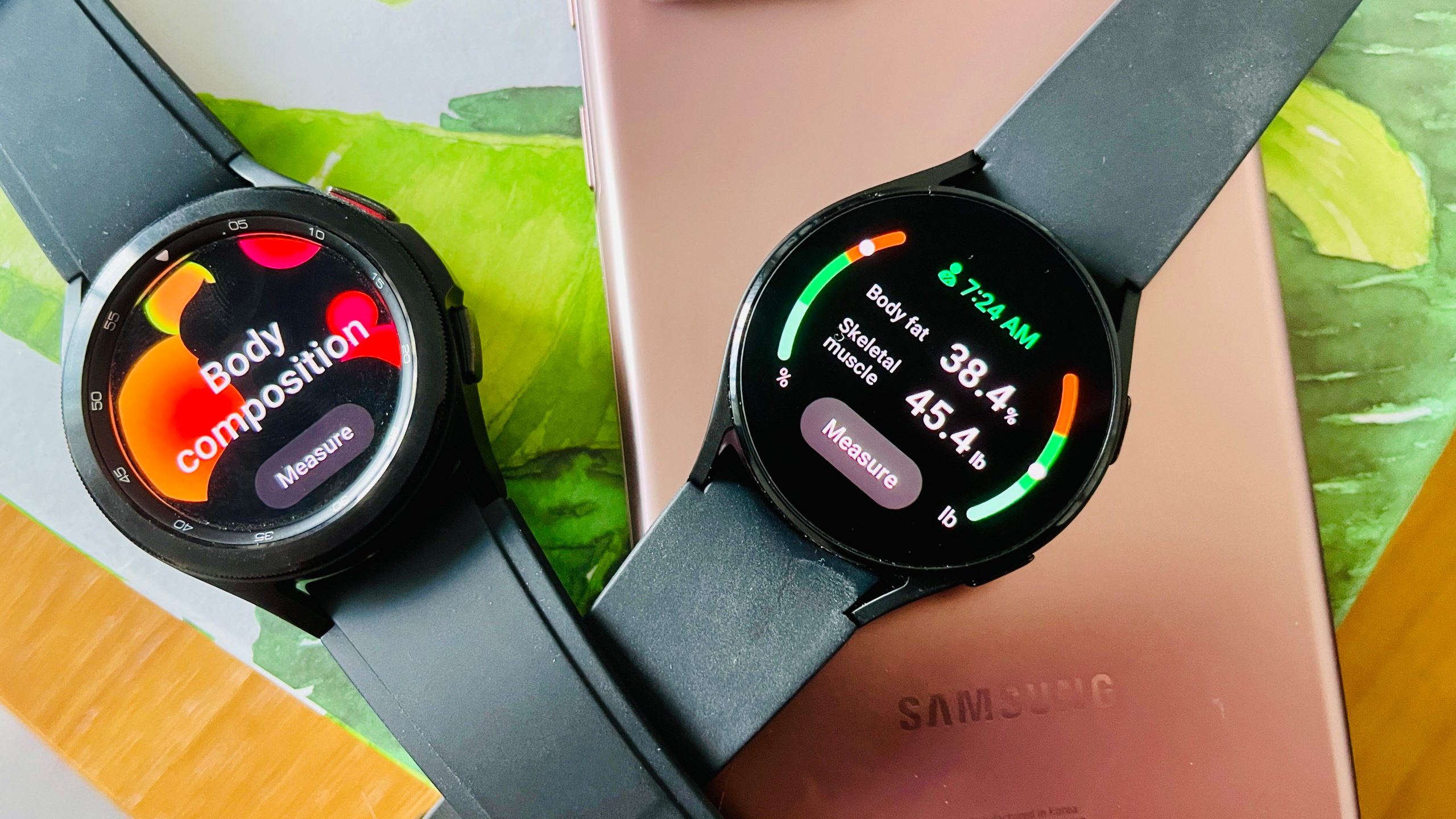
Too bad taking a reading is ridiculous. Samsung told us that to get the most accurate result, you need to have the correct posture. That requires you to put both of your arms at chest level while not making contact with your body, and not letting the two fingers touching the Home and Back buttons to touch each other. You also can’t touch any other part of the watch. Also, don’t move, stay stable, and make sure you wipe the sensor beforehand for accurate results. Also measure at the same time of day — preferably morning — on an empty stomach before going to the bathroom or doing any exercise or things that might cause your body temperature to rise. If you menstruate, you should wait until you’re not on your period. And you shouldn’t be wearing any other type of metal object on your body (e.g., jewellery, glasses, etc.). Most importantly, this feature shouldn’t be used by anyone with an implantable medical device.
Got it? Great.
Another gripe: If you’re wearing the watch on your right wrist, reaching over to touch the buttons makes this whole thing that much harder. Hopefully, Samsung will consider adding the ability to switch watch orientation for people who prefer their right wrist, but I doubt that will happen based on the Classic’s numbered bezel.
One last thing: Samsung says “measurement results may not be accurate due to the dryness of your skin or hair.” I’ll give you this though — I’ve never seen a smartwatch tell multiple men to moisturise because they’re too dry before. Samsung, you’re doing the Lord’s work. (See: this poor soul.)
I did my best to follow every single guideline and even though it was stupid, my results were fairly consistent each time, varying only 1-2% for each metric. This means regardless of whether you’re actually seeing the right numbers, you can theoretically use this to track some kind of progress.

Here’s the thing: Body composition analysis is tricky. While it can help give you more insight into your health and demystify metrics like BMI, you can’t put too much stock into it either. Samsung claims its analysis is as accurate as DEXA, the clinical gold standard for this type of measurement. I can’t verify that for myself, as that would require a very expensive trip to a clinic. Bioimpedance analysis is much more accessible, but consumer options can be incredibly inaccurate. I’m a petite lady who loves cardio and lost 9 kg in quarantine. Both Samsung smartwatches tell me I’m nearly 40% fat, which according to WebMD means I’m obese for my age and gender. My doctor disagrees, and my other measurements, such as waist-to-hip ratio, are within normal ranges. So, am I good or not?
My one wish is that gadget makers provide further educational reading about how to use this feature safely and appropriately. I have a lot of experience with BIA devices, I understand how they should be used, and even I don’t love how my results made me feel. If you’re at risk for body dysmorphia or an eating disorder, steer clear of this feature.
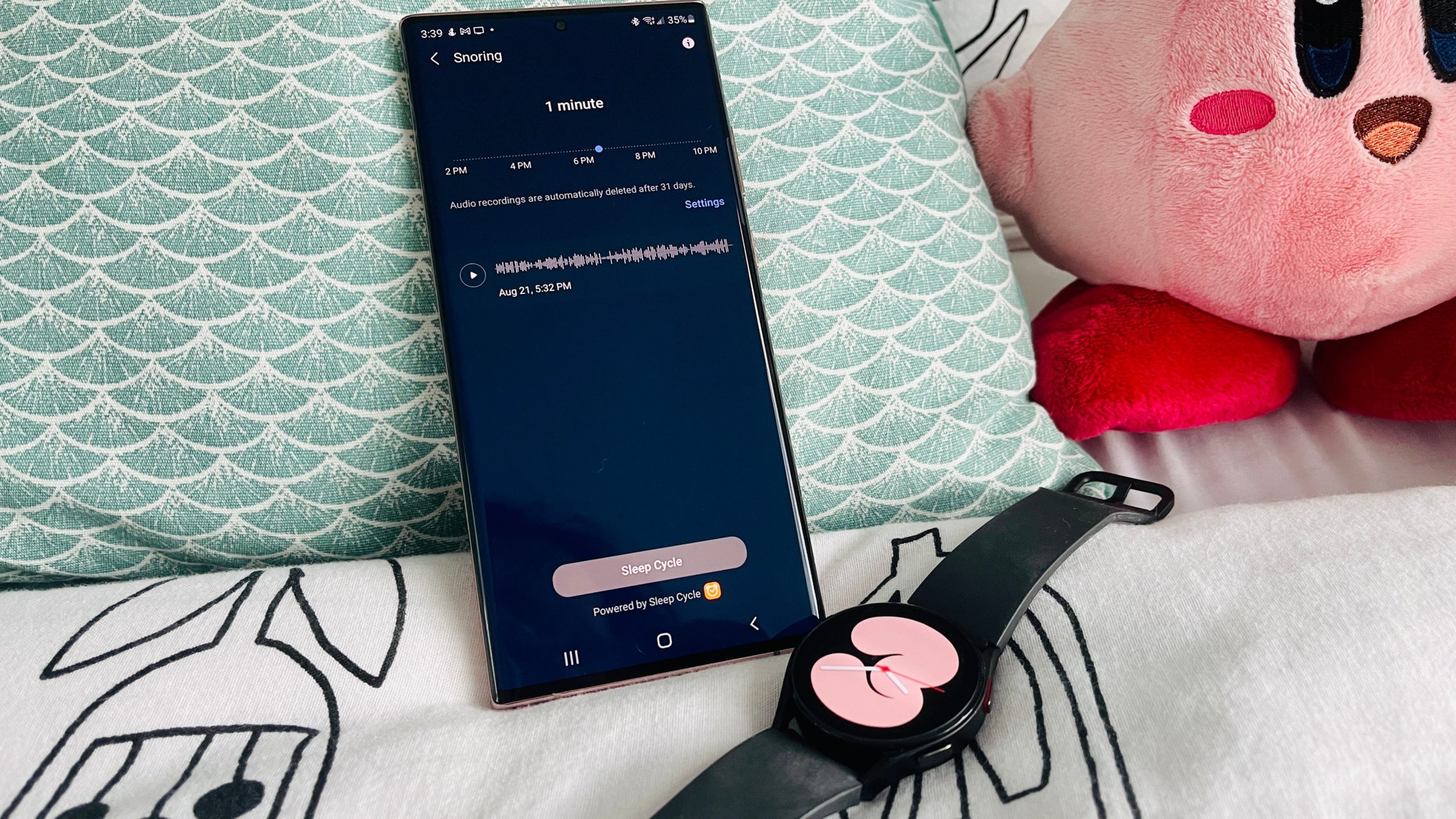
The other new flagship health features are related to sleep-tracking. You can now see your blood oxygen levels during sleep as well as track how much you snore. The snoring feature is powered by Sleep Cycle, and is also a little finicky. You have to sleep with the watch on, place the phone on a stable surface near your head, and point the bottom of the phone toward you. Some nights I had no snoring data. Whether that’s because I simply didn’t snore or because the feature failed that night, I’m not sure. Other nights, I could see how long I snored and listen to a recording. (For privacy, you have the option to delete them after a month.) Honestly, I’m not sure how I would use this metric but it may be insightful for people who experience sleep issues. All I know is it’s extremely rude that my husband now has evidence that I snore.
A Capable Tracker With Iffy Battery
As a health tracker, these watches are capable devices. Features like run-coaching, workout videos you can cast onto a Samsung TV with your metrics, and activity-tracking options have mostly remained the same from the Galaxy Watch 3 and Active 2. One annoying quirk is that, like the Huawei Watch 3, these watches will announce metrics in workouts at the 30-minute mark. (You can turn this off, it was just a surprise at first.)
I compared both watches to the Apple Watch SE, and I recorded negligible differences when it came to GPS-tracking and real-time heart rate during two 5K runs and several walks. On a few days, I logged strange discrepancies with step-tracking. I chalk this up to swapping between two watches paired to the same device. As always, Samsung’s auto workout-tracking for walking remains one of the best in the game.
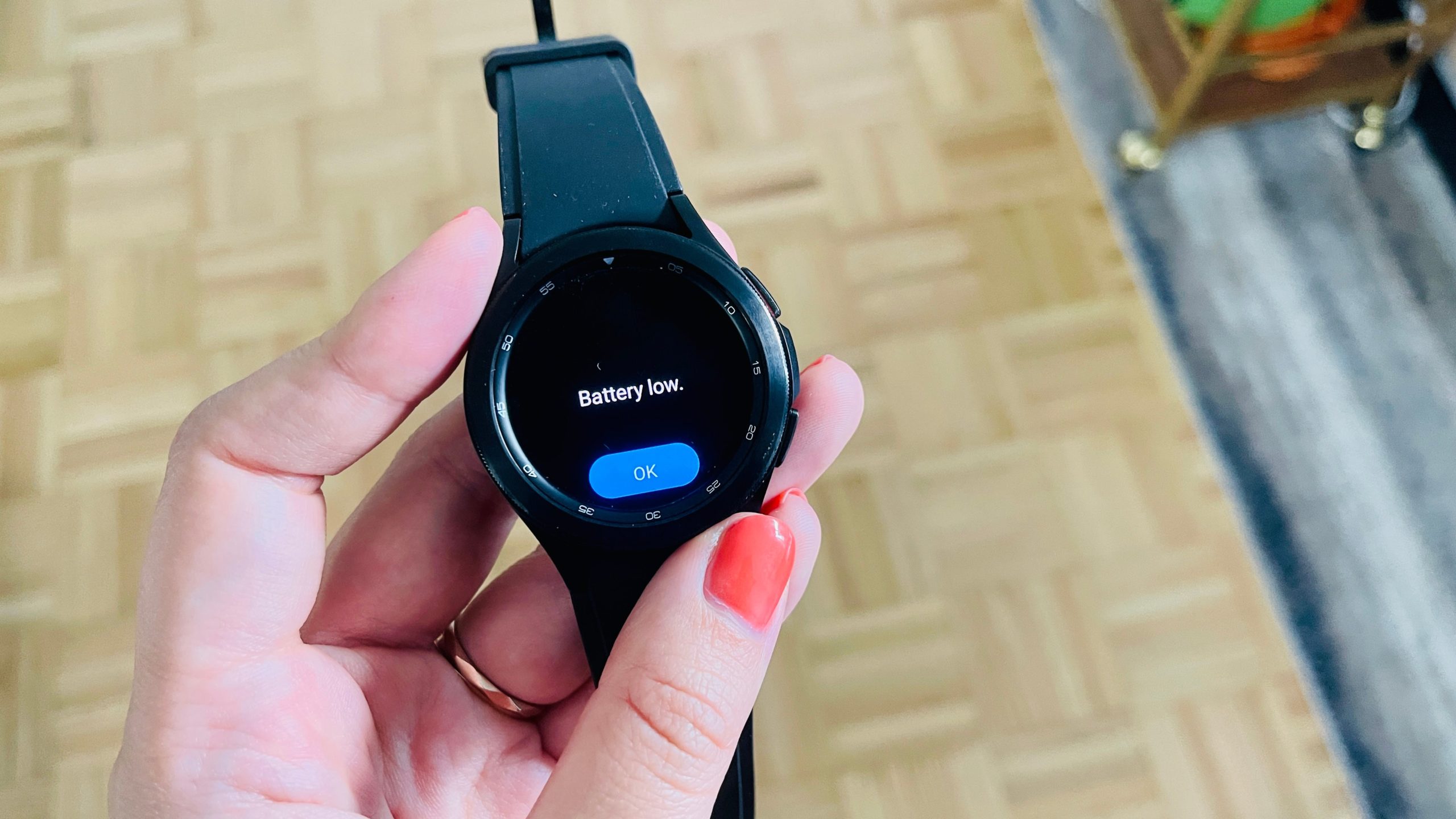
Battery life is a mixed bag. While all of the watches are rated for about 40 hours of use on a single charge, I only saw that sometimes. Other times, I was baffled to see the Watch 4 and Classic putter out right before bed. The most notable culprit was the always-on display. There are power-saving settings that work well to extend battery life without sacrificing too much functionality, however. Feature-rich flagship smartwatches don’t tend to have the best battery life, so this isn’t a dealbreaker. It’s just disappointing.
Is the Galaxy Watch 4 Classic Worth the Splurge?
Should Android users buy this smartwatch? Yes. One of these two will be your best bet until Qualcomm releases a more powerful chipset than its current Snapdragon Wear 4100 for Wear OS watchmakers like Fossil, Mobvoi, etc. Not only will the Galaxy Watch 4 lineup have the new Wear OS from the get-go, Wear OS 3 won’t come to other Android smartwatches until mid-2022 at the earliest.
So, which model should you get? It pains me to say this, but as much as I love the physical rotating bezel on the Watch 4 Classic, the basic Watch 4 is the better option for most people. The Watch 4 starts at $399 while the Classic starts at $549 Adding cellular connectivity costs an extra $100. The internal hardware is almost identical, so you’re paying extra for the aesthetics, physical bezel, and stainless steel case. (The larger versions of each watch have a bigger battery, so that’s not a Classic-only benefit.)

If you can afford to pay $150 for the bezel and slightly more premium design, go for it! The bezel is iconic for a reason, so don’t let me cramp your style. But for everyone else, the Watch 4 is going to get you nearly all the same things for $150 less.
If you’re a more active person, the Watch 4 is also a much better option as it’s lightweight and has a sleeker profile. Also, frankly speaking, $399 is a wildly good deal for such a feature-rich flagship watch. The Fitbit Sense is $450 with no LTE option and a handful of meh third-party apps. The Apple Watch SE is $400. The base model Apple Watch Series 6 is $550. You’re definitely getting an excellent smartwatch for a steal if you snag the Watch 4.
I’d like to see Samsung improve both watches with either software updates or in future hardware versions. Battery life, Google Assistant, and a better Samsung Health Monitor app for ECGs could all use some work. Other features will improve down the line, and some are already in the works, like more optimised third-party Wear OS apps. But overall? I can’t believe I’m writing this, but Wear OS might finally be good.
